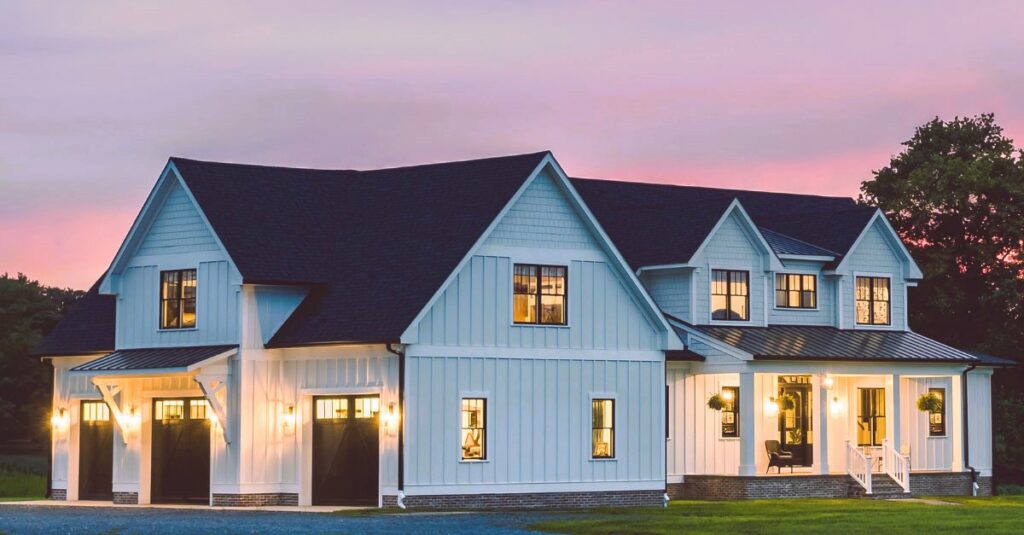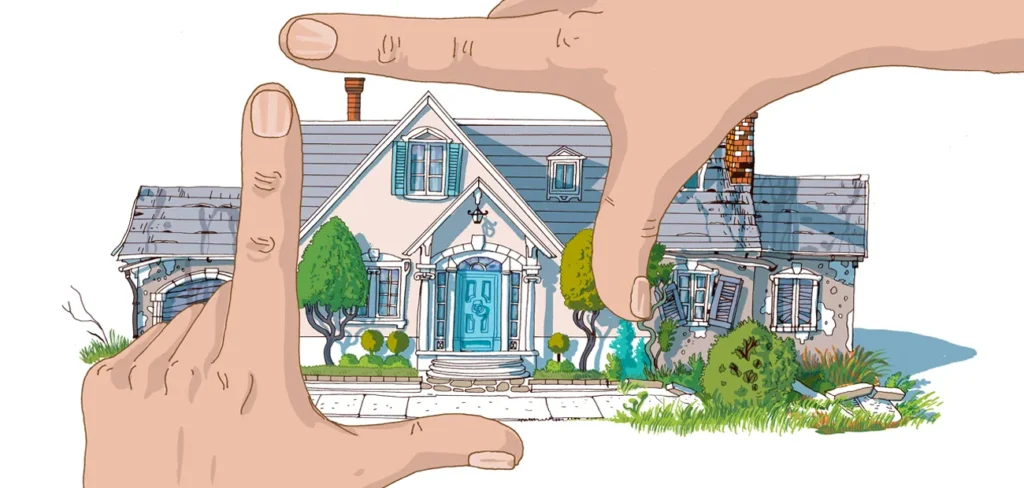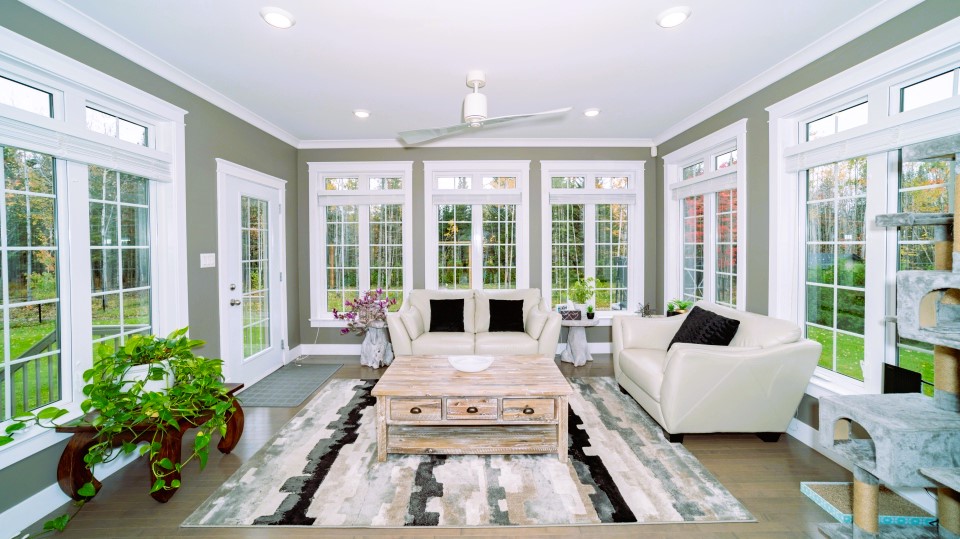Energy efficiency is a top priority for homeowners in Canada, where extreme temperatures and rising energy costs make it essential to optimize energy usage. When it comes to increasing energy efficiency in your home, selecting the right windows is crucial. Energy-efficient windows not only help reduce heating and cooling costs but also enhance indoor comfort and reduce environmental impact.
In this comprehensive guide, we will walk you through the key factors to consider when choosing energy-efficient windows for your Canadian home. From understanding energy performance ratings to exploring innovative technologies, we will equip you with the knowledge and tools to make informed decisions.
- Understanding Energy Performance Ratings
To evaluate the energy efficiency of windows, it’s important to understand energy performance ratings. In Canada, windows are rated based on factors such as U-factor, Solar Heat Gain Coefficient (SHGC), and Visible Transmittance (VT). The U-factor measures the window’s ability to prevent heat loss, while the SHGC indicates how well it blocks solar heat gain. VT measures the amount of visible light transmitted through the window.

Understanding these ratings will help you choose windows that are suitable for Canada’s climate. Look for windows with low U-factor and SHGC values and high VT values to maximize energy efficiency and natural light.
- Selecting Window Frame Materials
Window frame materials play a significant role in energy efficiency. Common options include vinyl, wood, aluminum, and fiberglass. Each material has its pros and cons in terms of insulation, durability, and maintenance requirements.
Vinyl frames are popular for their excellent insulation properties and low maintenance needs. Wood frames offer natural insulation but require regular upkeep. Aluminum frames are strong but conduct heat and may not be as energy-efficient without proper thermal breaks. Fiberglass frames combine strength and insulation properties, making them a compelling choice for energy-conscious homeowners. Window Upgrades: Adding Value to Your Canadian Property.
- Choosing Glass Options and Coatings
The type of glass and coatings on your windows greatly impact energy efficiency. Double and triple-pane windows with insulating gas fillings, such as argon or krypton, provide enhanced thermal performance by reducing heat transfer. Low-emissivity (low-e) coatings help control the amount of heat and ultraviolet (UV) radiation that enters or exits through the glass.
Consider the specific needs of your home’s location and climate. For colder regions, selecting windows with low U-factor and high solar heat gain can help harness solar heat during winter. In warmer areas, windows with low SHGC values can minimize solar heat gain and reduce cooling costs.
- Exploring Innovative Technologies
Advancements in window technology offer additional opportunities for energy efficiency. Some notable innovations include:
a. Smart Windows: These windows use dynamic coatings or electrochromic technology to adjust tint and heat transfer based on environmental conditions. They can help regulate temperature, reduce glare, and optimize energy usage.
b. Gas-filled Spacers: Insulated window spacers filled with low-conductivity gases improve insulation and reduce heat transfer at the edges of the glass.
c. Warm-Edge Technology: Warm-edge spacers minimize heat loss and condensation by using materials with lower conductivity than traditional aluminum spacers.
d. Energy-Efficient Window Frames: Manufacturers now offer advanced frame designs that incorporate thermal breaks and improved insulation properties.
- Considering Installation and Professional Assistance
Proper installation is vital for optimizing energy efficiency. Poorly installed windows can result in air leakage, reducing the effectiveness of energy-efficient features. Consider hiring professional window installers experienced in energy-efficient window installations to ensure proper sealing and insulation.

Conclusion
Choosing energy-efficient windows for your Canadian home is an investment that offers long-term benefits. By understanding energy performance ratings, selecting appropriate frame materials and glass options, exploring innovative technologies, and ensuring proper installation, you can create a comfortable, energy-efficient living environment while reducing your carbon footprint.
Remember to evaluate your specific needs, climate, and budget when making window choices. Consult with local experts and window manufacturers to gather additional information and find windows that best suit your home’s requirements.
By prioritizing energy efficiency and selecting the right windows, you can enhance your home’s sustainability, reduce energy costs, and contribute to a greener future for Canada.





